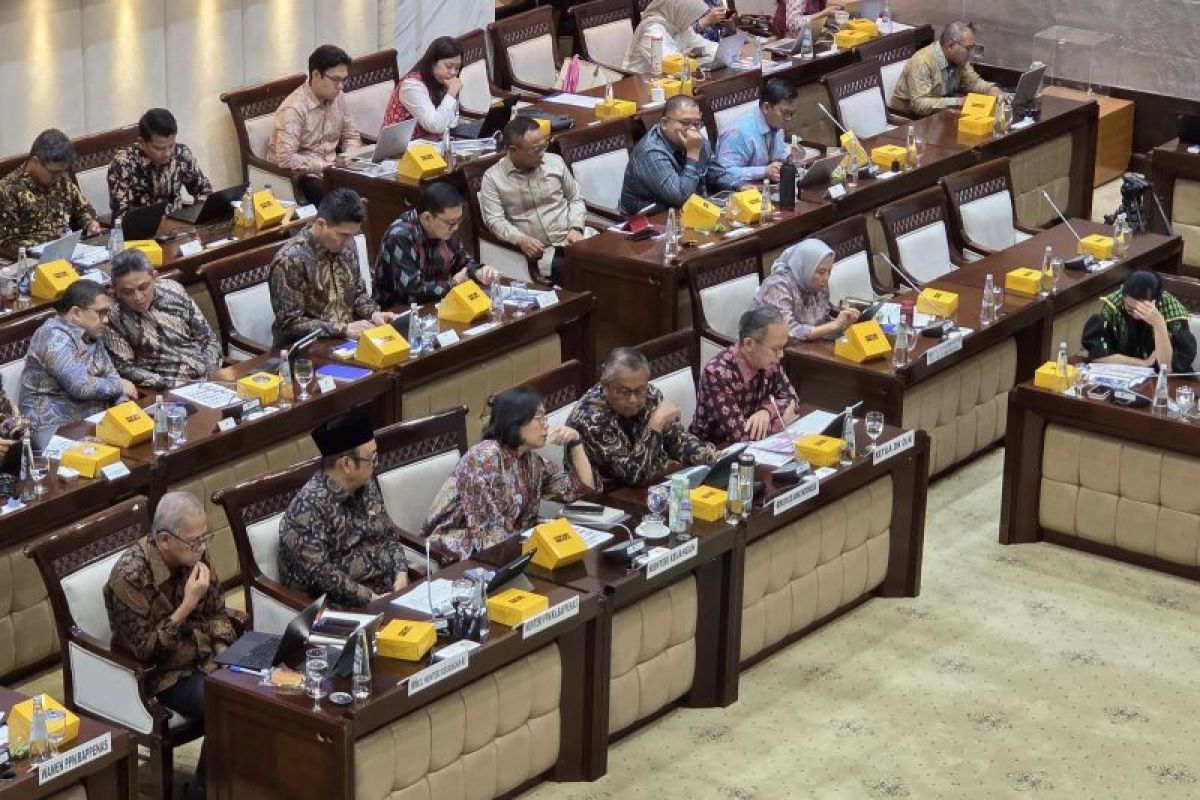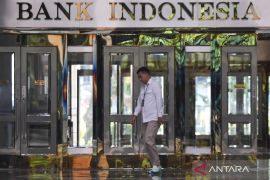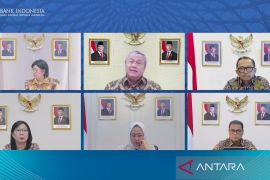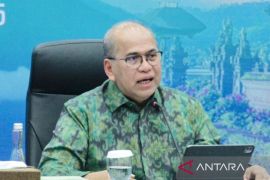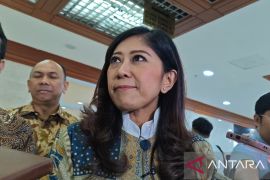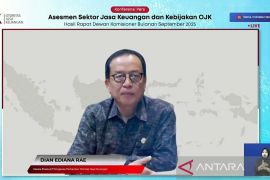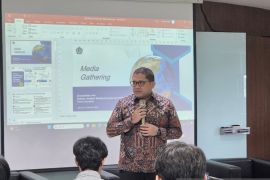While BI’s forecast is more conservative than that of the Ministry of Finance (MoF), the central bank believes Indonesia's economy could grow closer to the midpoint of 5.1 percent, or even reach 5.2 percent as projected in the MoF’s baseline scenario— if certain conditions are met.
“We believe growth can approach the upper end of the projection range if key measures are implemented, including the government’s Asta Cita program,” Warjiyo remarked during a working meeting with Commission XI of the House of Representatives (DPR RI) in Jakarta on Thursday evening.
The first measure is to adopt policies that boost export performance as a driver of economic growth.
This can be achieved through tariff negotiations with the United States and by expanding trade partnerships with key countries such as China, ASEAN members, and India.
The second measure involves accelerating structural reform policies to boost investment and productivity as engines of long-term growth.
Related news: Indrawati forecasts 5 percent national economic growth in 2025
“These policies include improving the investment and business climate, fast-tracking downstream industrialization in mining, agriculture, and other natural resources, and strengthening education, entrepreneurship, research, and innovation,” Perry stated.
The third strategy focuses on increasing domestic demand—both consumption and investment—to spur growth. This can be supported by fiscal stimulus, social programs, the Free Nutritious Meals (MBG) initiative, the Red and White Village Cooperatives (Kopdes), and budget allocations for capital expenditure and other national priority programs.
The fourth measure is to accelerate digital transformation of the economy and financial system to boost efficiency, productivity, and economic inclusion for public welfare.
Perry reaffirmed BI’s strong commitment to working with the government, not only to maintain stability and economic resilience amid global challenges but also to actively support economic growth.
“Bank Indonesia is going all out to support growth. We have already cut interest rates twice and will consider further cuts. We have increased liquidity, purchased Rp130 trillion in government bonds, provided Rp80 trillion in liquidity incentives, and advanced payment system digitalization. All these are aimed at achieving not just 5.1 percent growth but possibly reaching 5.2 percent,” Perry remarked.
BI projects Indonesia’s economy to grow between 4.7 percent and 5.5 percent in 2026.
Related news: Indonesia's economy shows resilience amid global headwinds: Expert
Translator: Primayanti
Editor: Rahmad Nasution
Copyright © ANTARA 2025
